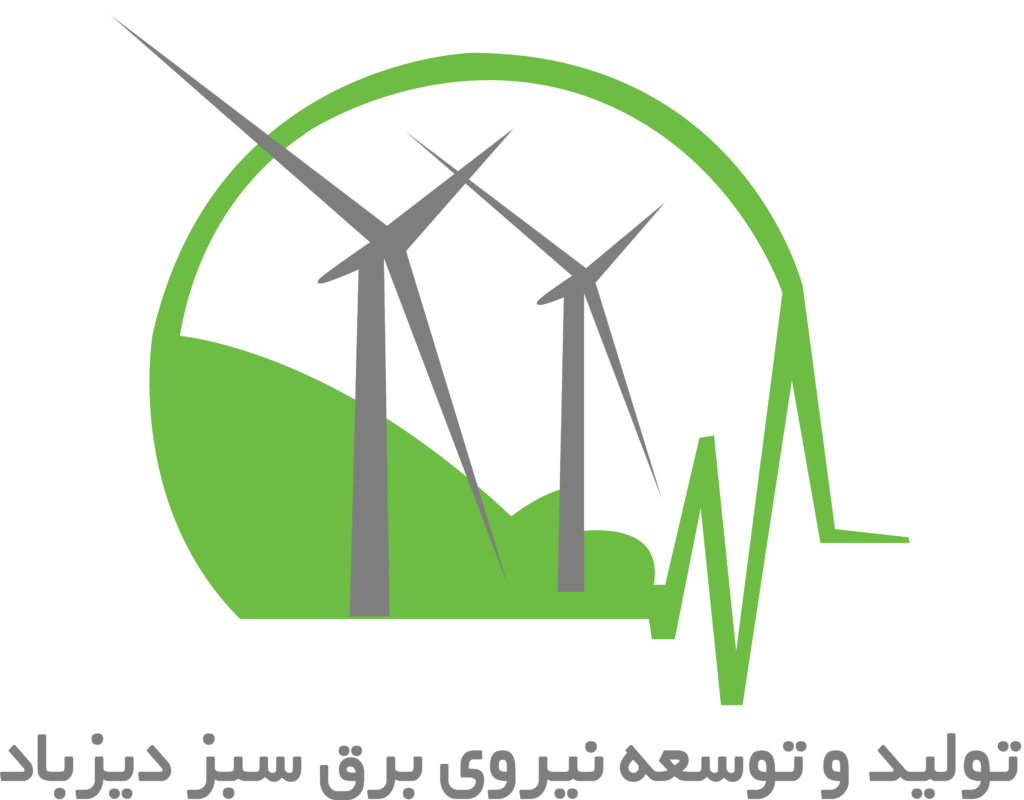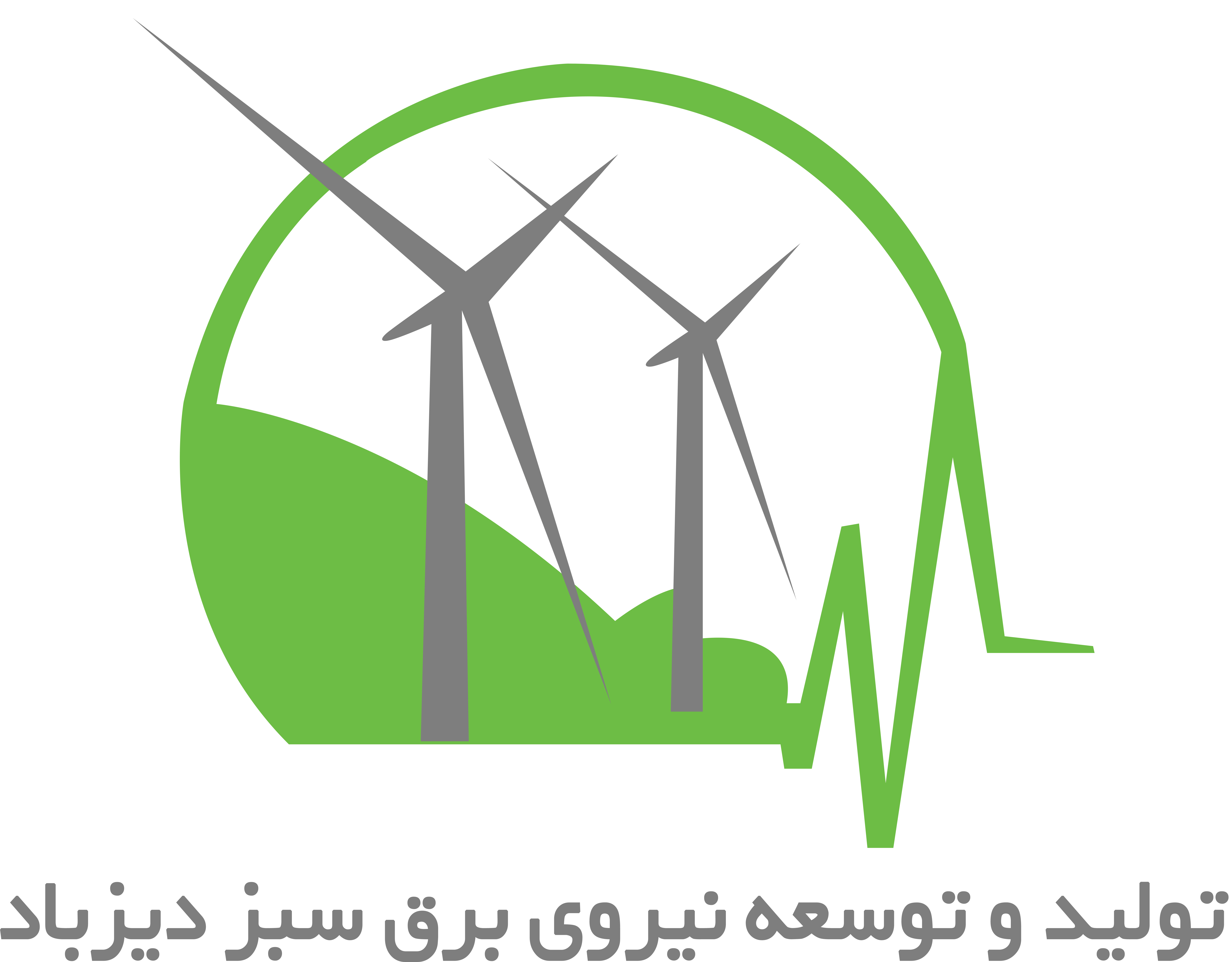Power Sector Outlook
The energy shortage crisis is the most serious issue threatening our industry and economy. Traditional methods of energy supply, such as building large-scale power plants and converting fossil fuels into electricity, are no longer sufficient. If we fail to adopt a precise and effective solution to overcome this crisis, the development and sustainability of businesses will face serious challenges.
Therefore, by examining the current conditions in industrialized countries and our own energy crisis, the master key to overcoming the electricity and gas crisis in Iran and ensuring stable power supply for industries is the construction of renewable power plants.
Below is a brief overview of the country’s energy situation and the strengths and weaknesses of renewable power plants:
At the peak moment of the year 1402 (2023-2024), the country’s electricity demand reached 73,400 megawatts, of which approximately 61,000 megawatts were supplied by the grid, resulting in a 12,000-megawatt electricity shortfall. Based on historical analysis, the peak electricity consumption in the country increases by an average of 5% annually. In 1403 (2024-2025), the peak electricity demand rose to 79,872 megawatts, marking an 8.7% increase compared to the previous year. Under these circumstances, the electricity imbalance reached about 17,800 megawatts in August and about 19,800 megawatts in September, leading to scheduled blackouts in residential and industrial sectors.
Now, assuming that through optimization projects this annual increase can be reduced from 5% to 3%, in a 20-year horizon, the country’s peak electricity demand will reach 162,500 megawatts. To supply this amount of electricity, about 200,000 megawatts of power generation capacity must be available in the grid. According to the latest statistical report from the water and electricity industry published in May, the total installed electricity capacity in the country is 93,000 megawatts. Comparing these numbers shows that while 93,000 megawatts of power plants have been constructed since the beginning of the electricity industry, about 110,000 megawatts of additional capacity must be built over the next 20 years.
National Natural Gas Deficit
85% of the country’s electricity is generated by fossil fuel power plants, which primarily operate on natural gas. On the other hand, thermal power plants, consuming around 30% of the country’s natural gas, represent the largest gas-consuming sector. In recent years, the increasing trend in gas consumption has extended summer electricity peak demand into the winter season. Therefore, evaluating the electricity sector requires serious consideration of the gas supply situation.
According to the information published in the document “Natural Gas Supply and Demand Balance in Iran until 1420 (2041-2042)” by the Supreme Energy Council in 1399 (2020-2021), even if natural gas production increases and both price-based and non-price optimization policies are implemented across all consuming sectors—such as residential, commercial, public, power generation, and major industries including steel, petrochemicals, and cement—the country will still face a daily gas shortfall of 111 million cubic meters by 1420 (2041-42). It is worth noting that due to either the non-implementation or inefficiency of these stated policies in recent years, actual forecasts predict a gas shortage significantly greater than what was originally projected in the document. For instance, the predicted gas deficit for the year 1405 (2026-27) is around 300 million cubic meters per day. To understand the magnitude of this figure, note that in 1402 (2023-24), the average daily gas consumption in the country was about 680 million cubic meters.
Considering the above figures, it is clear that in the coming years, the country will face simultaneous electricity and gas shortages. This dual crisis makes solving the electricity issue even more complex. Given the current capacities related to gas-fired power plants (particularly simple-cycle plants without steam units that can increase generation without new gas consumption), aging infrastructure, and the limited new gas capacity that can be allocated to the power sector, it is estimated—optimistically—that only 40,000 megawatts of the required power plant capacity over the next 20 years can be met through thermal power plants. For the remaining 70,000 megawatts, the most viable solution is the development of renewable power plants. Therefore, it is projected that out of this 70,000 MW capacity, at least 60,000 MW must be supplied through renewable energy sources (with around 10,000 MW potentially provided by coal-fired and nuclear power plants).
Governmental Incentive and Penalty Policies for Renewable Energy Development
In light of the above, in recent years the Iranian government has taken steps to implement various laws, policies, and directives aimed at the development of renewable power plants. Some of these key measures are outlined below:
Article 4 of the “Law on Removing Obstacles to the Development of the Power Industry”
Energy-intensive industries are mandated to construct power plants using their own internal resources. If they fail to do so, their electricity supply will be subject to the Ministry of Energy’s electricity demand management programs during shortages. A critical point in this article is the final clause, which clearly states: “The government holds no responsibility for supplying electricity to energy-intensive industries in times of power shortages.”
2024 Decree on Electricity Supply for Agricultural Wells
According to this resolution, in order to ensure reliable, continuous, and stable electricity for agricultural wells during peak demand periods, farmers are required to build renewable power plants equivalent to 80% of their well’s contracted demand.
Article 16 of the “Law on the Leap in Knowledge-Based Production”
This article states that industries with power demand above a specific threshold are obligated to invest in renewable energy generation. (The continuation of the article was cut off in your text; please provide the rest if needed.)
Cabinet Resolution on 20% Renewable Energy Supply for Governmental and Public Institutions
Based on this resolution, starting in 2023 (1402), all governmental organizations and public non-governmental institutions are required to meet 5% of their annual electricity consumption through renewable sources, increasing yearly to reach at least 20%.
Dec. 16, 2024 (1403/09/25) Tavanir Directive on Load Exemption Conditions for 2025 (1404)
Industrial users located in industrial parks or with dedicated feeders can be exempted from the 2025 electricity load management plan if they build renewable power plants under the following conditions:
-
50% of contracted demand for single-shift operations
-
65% of contracted demand for double-shift operations
-
80% of contracted demand for triple-shift operations
-
Or alternatively, renewable generation equal to 35% of their monthly electricity consumption
Mandate on Solar Panel Installation for Buildings with 4 or More Floors
According to a memorandum signed in August 2024 (Mordad 1403) between Tavanir and the Organization for Engineering System of Buildings, any building with 4 or more floors, or with a total floor area exceeding 1,000 square meters, must install solar panels in order to receive a construction permit. The electricity generated by these buildings will be purchased under 20-year guaranteed purchase contracts based on Article 61.
A review of these laws and resolutions shows that, at least for a portion of electricity consumers, the government is no longer a guaranteed provider of stable power. These consumers must now explore their own solutions for electricity supply. Given the country’s natural gas shortages and the relatively lower complexity of renewable power plants compared to other generation technologies, the development of renewables appears to be the most logical and viable path forward for such users.
Electricity Tariff Increases Across Various Sectors and the Energy Exchange
In recent years, due to the historically low energy carrier prices in Iran and the government’s movement toward liberalizing energy tariffs, we have witnessed multiple rounds of price increases. This trend, along with rising demand in the green board of the Iran Energy Exchange, has significantly enhanced the economic feasibility and attractiveness of investing in solar power plants compared to the past.


